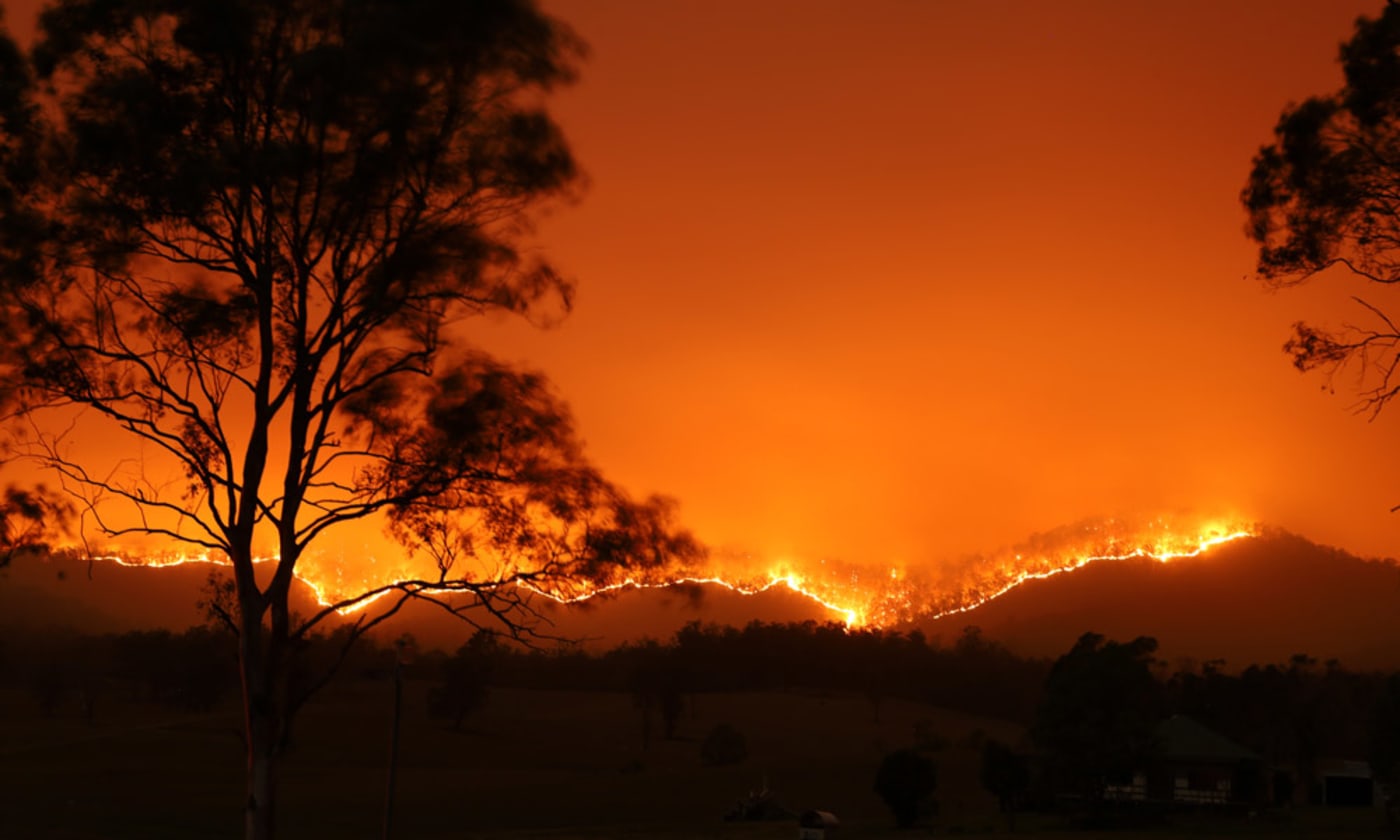Just How BAL Report Impacts Bush Fire Protection Actions
In the realm of bush fire defense, the Structure Attack Level (BAL) report stands as an essential device that dramatically affects the security and durability of residential or commercial properties in fire-prone locations - BAL Report. The effect of a BAL analysis extends far past mere paperwork; it offers as the keystone for determining the ideal building and construction criteria and fire defense procedures needed to mitigate the risks postured by bushfires. As communities face progressively extreme fire periods, comprehending how the BAL record shapes these safety actions ends up being paramount for house owners, policymakers, and home builders alike
Understanding the Bushfire Attack Degree

Significance of BAL Report Assessment

Additionally, the BAL record analysis functions as a fundamental action in following lawful commitments and demands connected to bushfire protection. Local councils and authorities usually mandate the entry of a BAL report as part of the planning and structure authorization process to ensure that buildings are sufficiently protected against bushfire risks. Failing to carry out a thorough BAL record evaluation can cause insufficient defense steps, leaving residential or commercial properties at risk to devastating bushfire occurrences.
Building Criteria Based on BAL
An extensive understanding of the Bushfire Assault Level (BAL) enables residential or commercial property proprietors to carry out construction criteria tailored to their details threat profile. Building and construction criteria based on BAL are critical in reducing the effect of bushfires on properties. The BAL score categorizes the possible danger a property deals with during a bushfire on a range from BAL-Low to BAL-FZ (Flame Zone)
Executing Fire Defense Actions
With the structure of building criteria based upon Bushfire Attack Degree (BAL) in area, the emphasis now changes in the direction of the practical execution of fire security measures to strengthen residential properties against bushfire dangers. Applying fire security procedures entails a mix of passive and active strategies to improve the durability of structures in bushfire-prone areas. Easy measures include using fireproof building materials, mounting ash guards on vents, securing spaces click over here in wall surfaces and roofing systems, and keeping a clear space around the home without combustible vegetation. Energetic measures include having firefighting devices readily offered, such as tubes and water pumps, in addition to creating a defendable space around the property by getting rid of greenery and having a properly maintained yard. Additionally, establishing a discharge strategy and ensuring all citizens are mindful of emergency procedures are important parts of effective fire protection measures. By incorporating both passive and active strategies, residential or commercial properties can significantly reduce their vulnerability to bushfire cases and raise the safety of residents.
Shielding Homes Against Bushfires
Successfully guarding homes against the damaging impacts of bushfires calls for a aggressive and detailed approach to fire defense steps. House owners living in bushfire-prone locations have to prioritize the application of numerous approaches to boost their residential or commercial property's strength versus wildfires. One essential facet is developing a defensible room around the home by maintaining a clear area without combustible products. This consists of routinely trimming plant life, eliminating dead plants, and ensuring a risk-free range in between trees and structures. Installing fire-resistant roof products can additionally considerably lower the risk of ash assaults and direct flame contact. Additionally, securing vents and gaps to avoid cinder invasion, along with incorporating fire-resistant windows and doors, can aid strengthen the home's defense against bushfires. Purchasing a dependable water More hints source, such as a well-kept lawn sprinkler or a specialized water tank, is critical for providing water throughout fire emergency situations - BAL Report. By embracing an aggressive position and integrating these protective measures, house owners can substantially raise their chances of safeguarding their homes against bushfires.
Final Thought
In conclusion, the Bushfire Assault Level (BAL) report plays a vital duty in figuring out the needed defense procedures versus bushfires. Carrying out fire security actions based on the BAL report is important in protecting official site residential or commercial properties from prospective bushfire dangers.
In assessing bushfire danger to homes, recognizing the Bushfire Assault Degree (BAL) is an important component for applying reliable protection measures. On the whole, a clear understanding of the Bushfire Strike Level is necessary for executing sufficient security measures and alleviating the influence of bushfires on buildings.
Comments on “From Analysis to Action: Using Your BAL Report to Reduce Bushfire Ris”